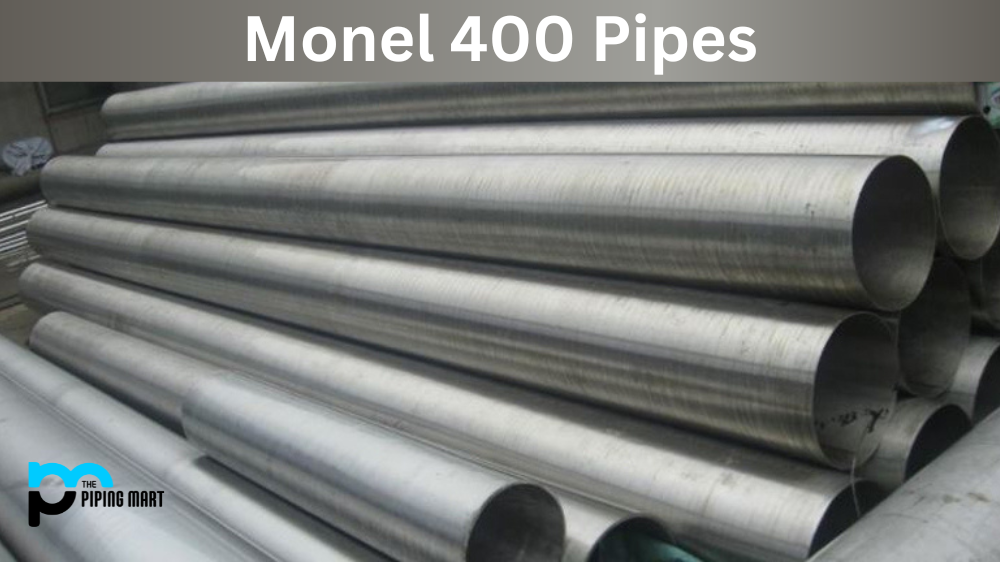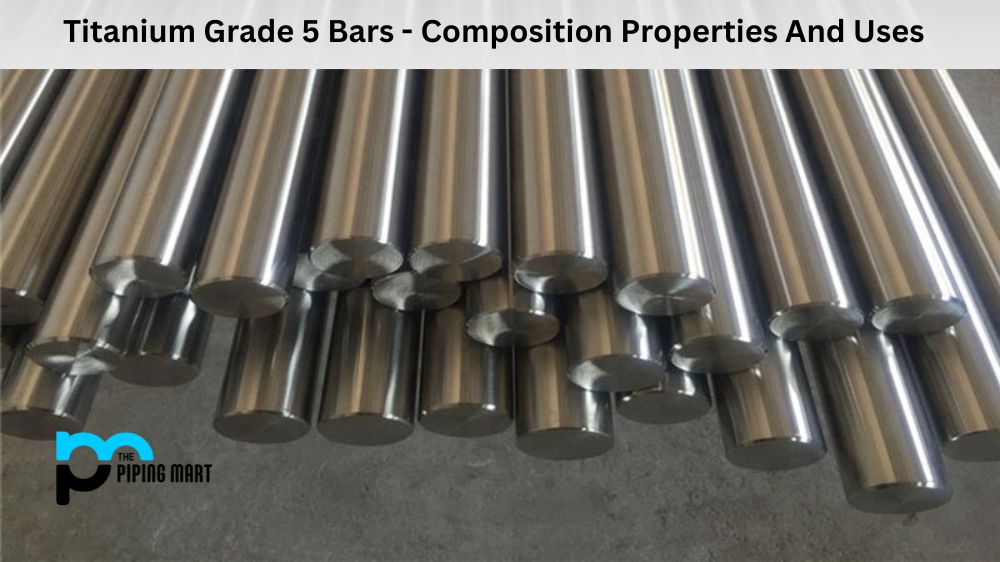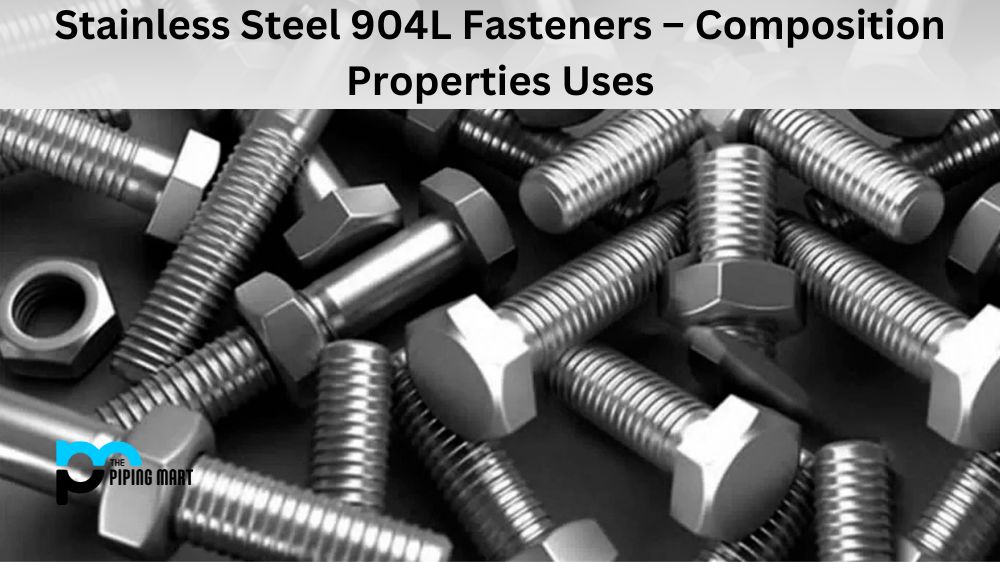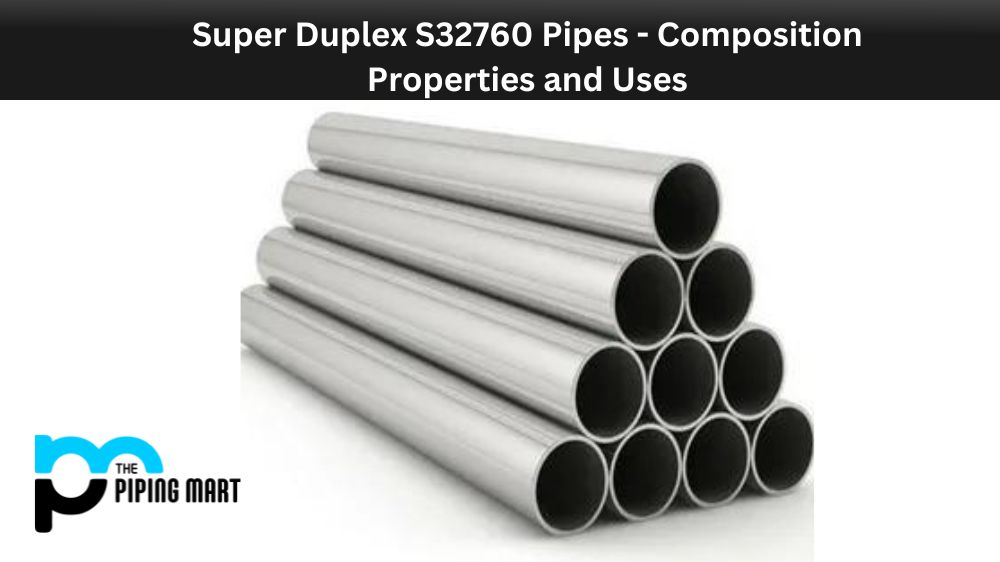Regarding industrial applications, stainless steel pipes are the most reliable choice. ASTM A312 TP 310 Pipe, or UNS S31000, are particularly versatile in their performance and uses. These SS 310 Seamless pipes are designed to offer high-temperature resistance, good corrosion resistance, and excellent strength, making them suitable for various applications in various industries. In this blog post, we will explore the composition and properties of stainless steel 310 pipes, including their physical and mechanical properties, uses, heat treatment, and corrosion resistance.
What are Stainless Steel 310 Pipes?
310 Stainless Steel Pipes are high-temperature alloy pipes made from austenitic stainless steel composed of chromium, nickel and manganese. Even at elevated temperatures, they offer excellent corrosion resistance, high strength and ductility. These properties make UNS S31000 Welded Pipes ideal for applications such as heat exchangers in chemical processing industries.
ASME SA 312 TP 310 ERW Pipe Composition
DIN 1.4436 EFW Pipes is a family of austenitic stainless steels characterized by their high chromium and nickel content that offers excellent corrosion resistance properties. This alloy contains approximately 25% of chromium, 20% of nickel, and 1.5% of manganese and silicon, among other elements. The high levels of nickel and chromium give 310 pipes excellent heat resistance and oxidation resistance, even under high temperatures.
| GRADE | NI | Cr | Si | S | MN | C | P | Fe | |
|---|---|---|---|---|---|---|---|---|---|
| SS 310 | MIN % | 19 | 24 | – | – | – | – | – | – |
| MAX % | 22 | 26 | 1.5 | 0.03 | 2 | 0.25 | 0.045 | BALANCE | |
| SS 310S | MIN % | 19 | 24 | – | – | – | – | – | – |
| MAX % | 22 | 26 | 1.5 | 0.03 | 2 | 0.08 | 0.045 | BALANCE |
Grade 310 Stainless Steel Pipes Physical Properties
The physical properties of SS UNS S31603 Rectangular Pipe make them ideal for high-temperature applications. These pipes have a density of 7.9 g/cm³, a melting point of 1402 °C, and a boiling point of 2800 °C. Their thermal conductivity is 14.2 W/m•K, which is relatively lower than other stainless steel grades, but still makes them an excellent choice for high-temperature applications. Furthermore, their electrical resistivity is 74.5 µΩ•cm, which is better than most alloys.
| Grade | Tensile Strength | Yield Strength | Elongation | Hardness, MAX | |
|---|---|---|---|---|---|
| [MPA] | [MPA] | (% in 50mm) min | HRB | HB | |
| SS 310 | 515 | 205 | 40 | 95 | 217 |
| SS 310S | 515 | 205 | 40 | 95 | 217 |
Stainless Steel 310 Seamless Pipes Mechanical Properties
The mechanical properties of 310SS pipes are impressive, making them suitable for high-stress applications. Their tensile strength ranges from 515 MPa to 620 MPa, while their yield strength ranges from 205 MPa to 260 MPa. Additionally, they have a high elongation of up to 40%, meaning they can withstand significant deformation without breaking.
| Grade | Tensile Strength | Yield Strength | Elongation | Hardness, MAX | |
|---|---|---|---|---|---|
| [MPA] | [MPA] | (% in 50mm) min | HRB | HB | |
| SS 310 | 515 | 205 | 40 | 95 | 217 |
| SS 310S | 515 | 205 | 40 | 95 | 217 |
SS310 Pipes Uses
SS310 Seamless pipes are versatile and can be used in different industries. These pipes are commonly used in chemical processing plants, oil refineries, power generation plants, and food processing facilities. Additionally, they are used in exhaust systems, automobile components, and heat exchangers. DIN 1.4436 EFW Pipes excellent heat resistance properties are ideal for high-temperature applications, such as furnaces, ovens, and kilns.
310 Stainless Steel Welded Pipe Heat Treatment
Heat treatment is an essential process in manufacturing Austenitic Stainless Steel 310 Welded Pipe. Annealing is the most common heat treatment process, which involves heating the pipes to around 1900 °F and then cooling them slowly to improve their ductility and toughness. Quenching and tempering is another heat treatment process that can be used to improve the pipes’ strength.
UNS31000 Pipes Corrosion Resistance
Stainless Steel 310 ERW pipe are highly resistant to corrosion under various environmental conditions. They have excellent resistance to pitting, stress corrosion cracking, and crevice corrosion. Moreover, their high chromium and nickel content increase their resistance to sulfidation and oxidation, even under high temperatures.
Conclusion:
SS310 Pipes are an excellent choice for industrial applications that require high-temperature resistance, good corrosion resistance, and excellent strength. In this blog post, we have explored the composition and properties of stainless steel 310 pipes, including their physical and mechanical properties, uses, heat treatment, and corrosion resistance. Understanding the properties and uses of these pipes can help you choose the right material for your industrial application.

Meet Bhavesh, a seasoned blogger with a wealth of knowledge and experience. From metal products manufacturing to retail, Bhavesh has a diverse background in various industries and is dedicated to sharing his insights and expertise with readers.




